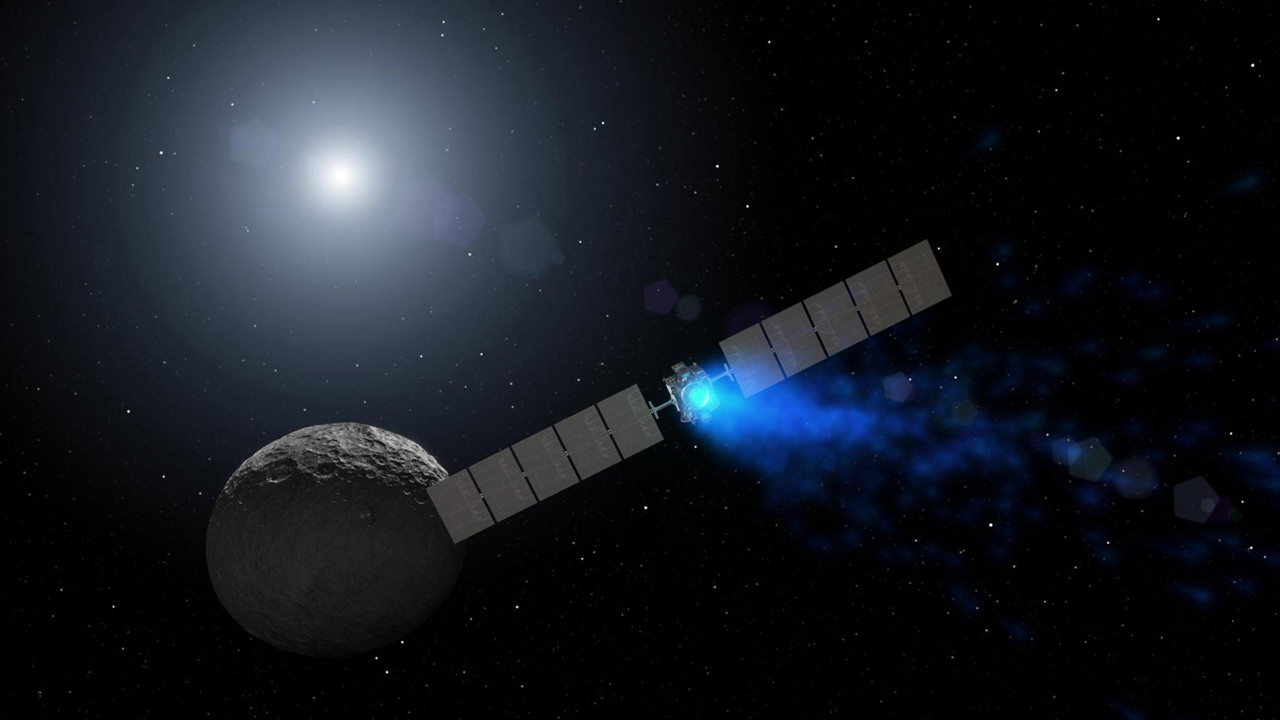Since the 1960s, astronomers have theorized that the Universe may be filled with a mysterious mass that only interacts with “normal matter” via gravity. This mass, nicknamed Dark Matter (DM), is essential to resolving issues between astronomical observations and General Relativity. In recent years, scientists have considered that DM may be composed of axions, a class of hypothetical elementary particles with low mass within a specific range. First proposed in the 1970s to resolve problems in the Standard Model of particle physics, these particles have emerged as a leading candidate for DM.
In addition to growing evidence that this could be the case, researchers at CERN are developing a new telescope that could help the scientific community look for axions – the CERN Axion Solar Telescope (CAST). According to new research conducted by an international team of physicists, these hypothetical particles may occur in large clouds around neutron stars. These axions could be the long-awaited explanation for Dark Matter that cosmologists have spent decades searching for. What’s more, their research indicates that these axions may not be very difficult to observe from Earth.
Continue reading “Neutron Stars May be Shrouded in Extremely Light Particles Called Axions”









